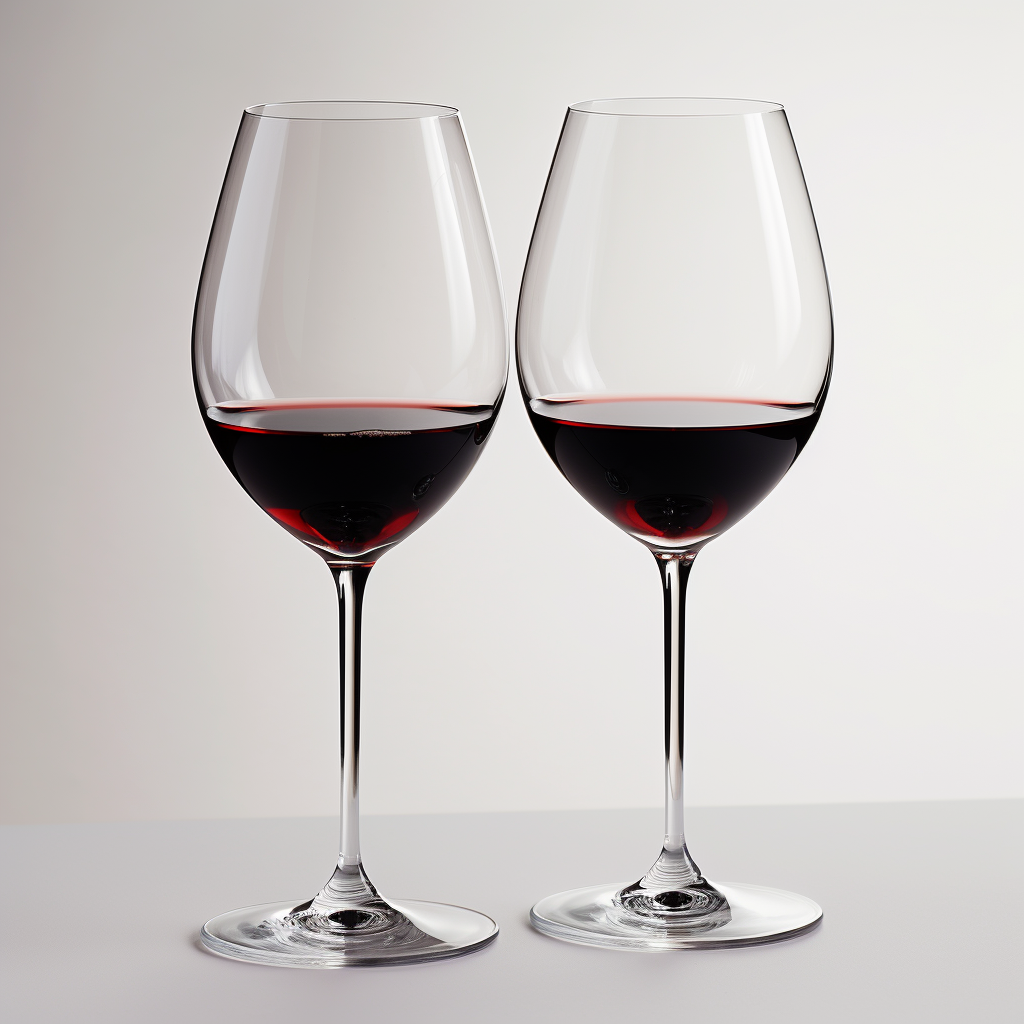There’s no denying that France holds an iconic status in the world of wines. Its regions have gifted us with countless exquisite varieties that continue to enchant wine connoisseurs across the globe. Among these regions, Bordeaux and Burgundy often hold the spotlight. Although both regions hail from the same country and produce incredible wines, they are distinct in numerous ways.
At 305 Wines, we are proud to offer an extensive selection of both Bordeaux and Burgundy wines. But what exactly differentiates these two? Let’s delve into their unique characteristics based on their climate, soil, and primary grapes.
Climate
Bordeaux, nestled near the Atlantic coast, enjoys a maritime climate. This leads to mild winters and warm summers with sufficient rainfall spread evenly throughout the year. These conditions produce robust and powerful red wines that continue to improve with age. On the other hand, Burgundy experiences a continental climate with long, cold winters and hot summers. This climate results in more variability from year to year, adding a touch of unpredictability that can make certain vintages highly coveted.
Soil
The soil types in Bordeaux and Burgundy contribute significantly to their respective wine profiles. Bordeaux’s vineyards are blessed with a blend of gravel, sand, and clay. This diversity allows the region to grow a variety of grapes, each flourishing in different soil types. Gravel soils, in particular, are perfect for Cabernet Sauvignon, Bordeaux’s flagship red grape.
In contrast, Burgundy boasts limestone-rich soils with variations of clay and chalk. This type of soil is exceptionally beneficial for the growth of Pinot Noir and Chardonnay, which happen to be the region’s primary red and white grapes. The limestone imparts a certain minerality to the wines, creating a unique taste profile that has endeared Burgundy wines to many.
Grapes
The star players in these regions are, of course, the grapes. Bordeaux is best known for its Cabernet Sauvignon and Merlot, while Burgundy focuses primarily on Pinot Noir for red wines and Chardonnay for whites.
In Bordeaux, the Cabernet Sauvignon imparts tannic structure and dark fruit notes, while Merlot adds body and lushness. The blending of these varieties often results in complex and rich wines with the potential for long-term aging.
On the other hand, Burgundy’s Pinot Noir and Chardonnay are typically made into single varietal wines. This allows the distinct characteristics of each grape to shine through. The elegance and depth of Burgundy’s Pinot Noir, along with the region’s expressive and balanced Chardonnays, have been enchanting wine lovers for centuries.
Explore the Flavors of Bordeaux and Burgundy with 305 Wines
We invite you to explore the diversity and excellence of these two iconic wine regions. Check out our Bordeaux selection here for a taste of their powerful and structured reds. Alternatively, dive into the world of Burgundy here and experience the elegance of their expressive Pinot Noirs and Chardonnays.
Whether you’re a seasoned wine enthusiast or a novice looking to broaden your palate, our collection at 305 Wines ensures an enchanting journey through France’s celebrated wine regions. Stay tuned for our next post where we’ll delve deeper into the world of wine. Until then, happy tasting!



